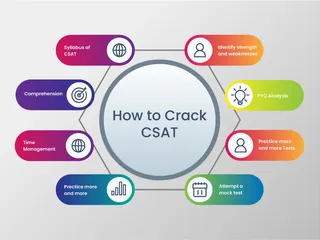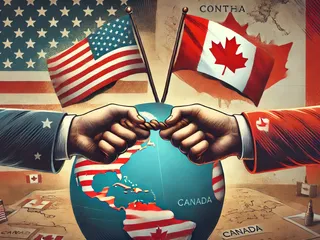The Trans-Pacific Partnership (TPP) was a landmark multilateral free trade agreement among 12 Pacific Rim countries. Initially signed in 2016, it aimed to reduce tariffs and other trade barriers, fostering economic growth and integration among its member states. However, the United States withdrew from the agreement in 2017 under the Trump administration. The remaining 11 countries subsequently revised and renamed the agreement, forming the Comprehensive and Progressive Agreement for Trans-Pacific Partnership (CPTPP).
Original TPP Goals and Provisions:
The TPP's primary objective was to liberalize trade and investment among its member nations. This encompassed several key areas:
- Tariff Reduction: The agreement significantly reduced or eliminated tariffs on a wide range of goods and services.
- Market Access: It aimed to increase market access for businesses by reducing non-tariff barriers such as regulations and standards.
- Intellectual Property Protection: Strong intellectual property rights were a central component, aiming to protect patents, copyrights, and trademarks.
- Investment Protection: The TPP included provisions to protect investors from unfair treatment by host governments.
- Labor Standards: The agreement incorporated provisions related to labor rights and standards, aiming to improve working conditions.
- Environmental Protection: It included provisions designed to promote environmental protection and sustainable development.
The Withdrawal of the United States and the CPTPP:
The withdrawal of the United States significantly altered the TPP's trajectory. While the agreement itself remained legally sound, its impact was diminished by the absence of the world's largest economy. The remaining 11 countries—Australia, Brunei, Canada, Chile, Japan, Malaysia, Mexico, New Zealand, Peru, Singapore, and Vietnam—negotiated to salvage the agreement, leading to the CPTPP.
The CPTPP retained most of the TPP's provisions but suspended certain chapters that had been particularly contentious for the United States. This involved creating a separate annex listing provisions that are temporarily suspended, with the intention of potentially reactivating them in the future.
Impact and Current Status:
The CPTPP, although lacking the US, remains a significant trade agreement. It covers a region with substantial economic activity and a growing population. The agreement has fostered greater economic integration among its member states and helped streamline trade procedures. However, the absence of the United States limits its overall impact and potential.
The long-term effects of the CPTPP are still unfolding. Studies continue to analyze its economic impact on participating countries, considering both positive aspects like increased trade and negative concerns such as the potential for job displacement in certain sectors. The agreement remains a subject of ongoing debate, with proponents emphasizing its benefits for economic growth and opponents raising concerns about potential negative consequences for workers and the environment.
Further Research:
For more detailed information, consider reviewing official documents from the participating countries' governments and reputable international organizations such as the World Trade Organization (WTO).




















